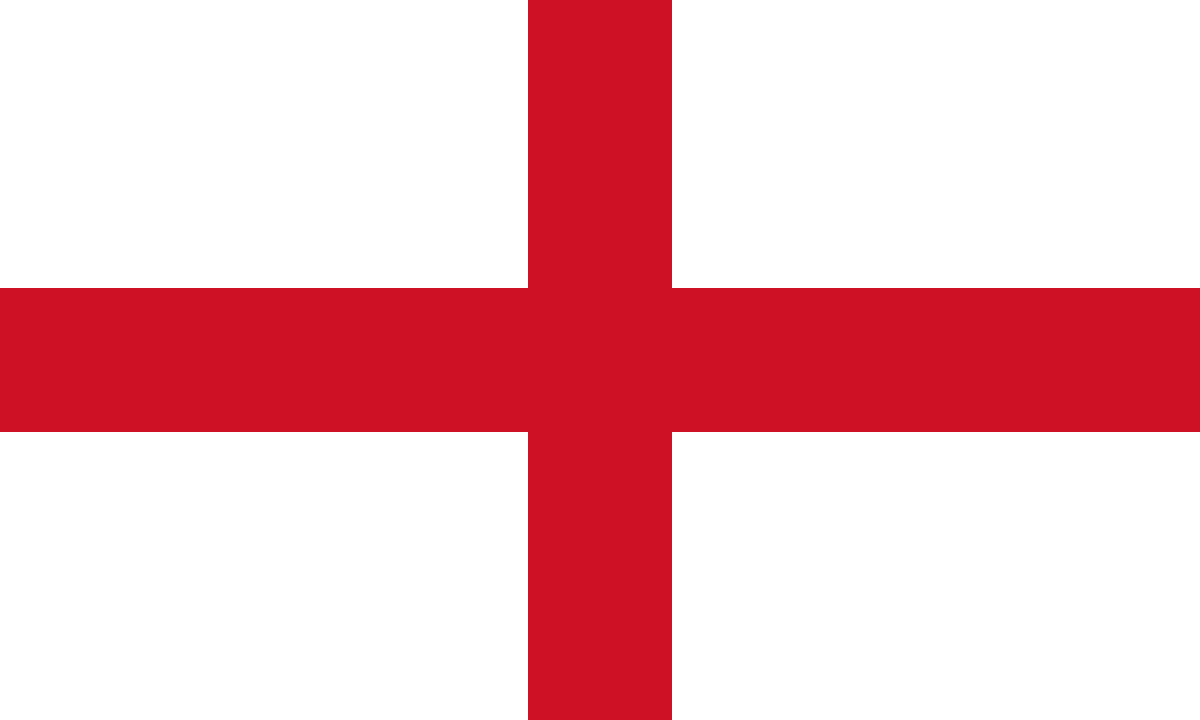I wonder, what is the general level of technology ITTL? Especially military technology. For example, weapons that Japan and China used in war? Jet fighters, jet airliners, battleships, SSNs, guided missiles, balistic missiles, cruise missiles, aircraft carriers, helicopters, radar, strategic bombers etc.
Last edited:

